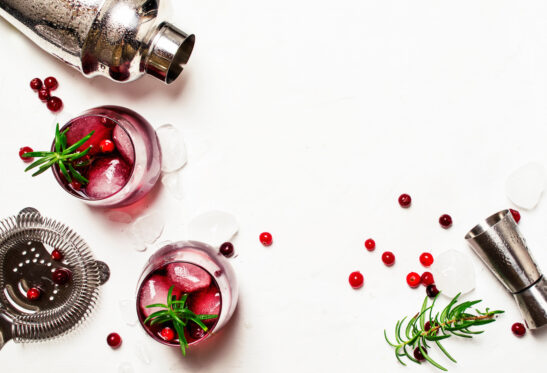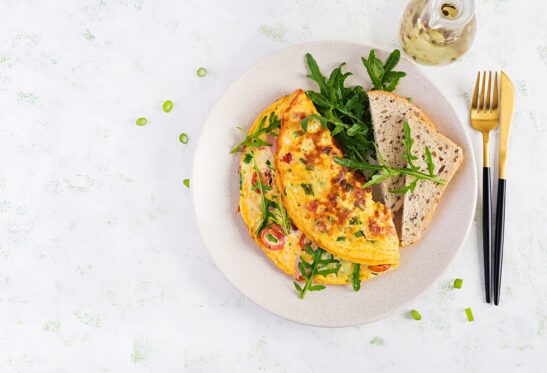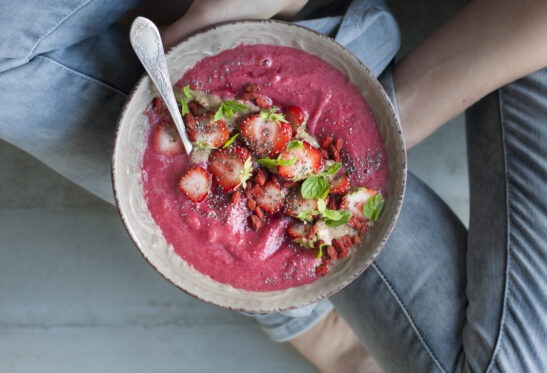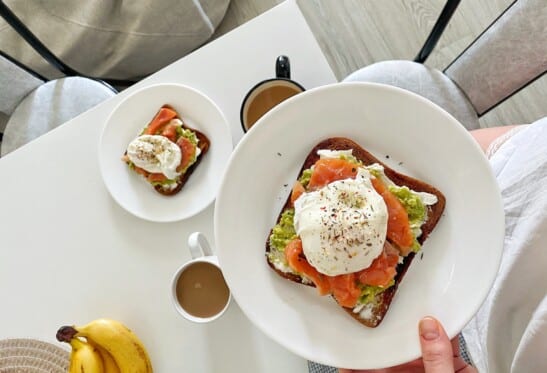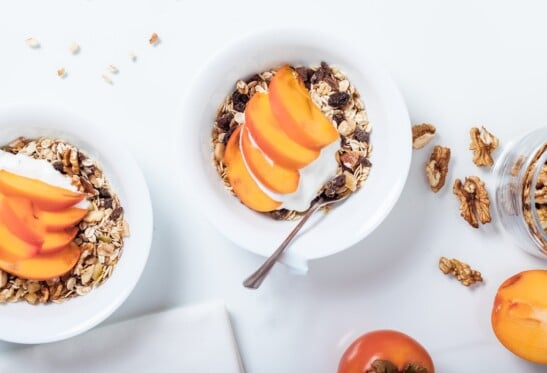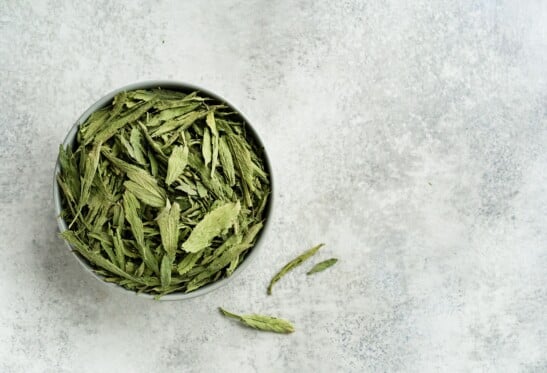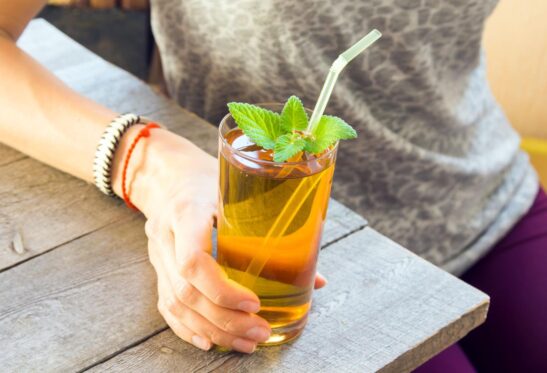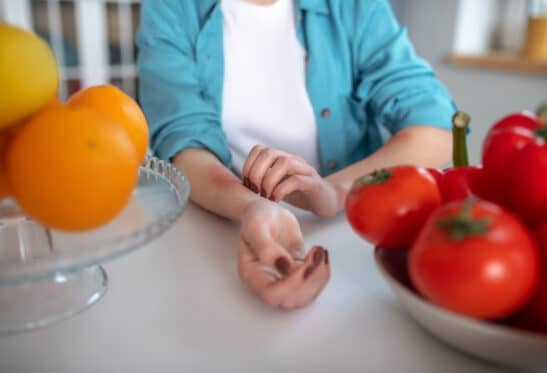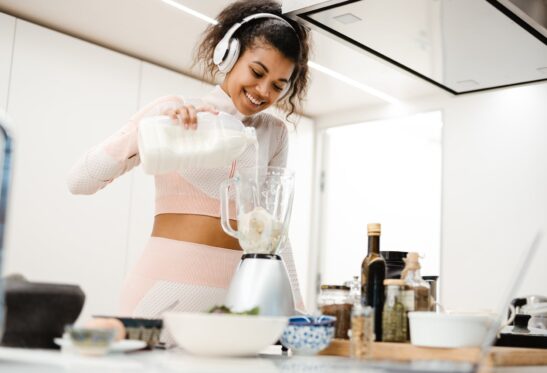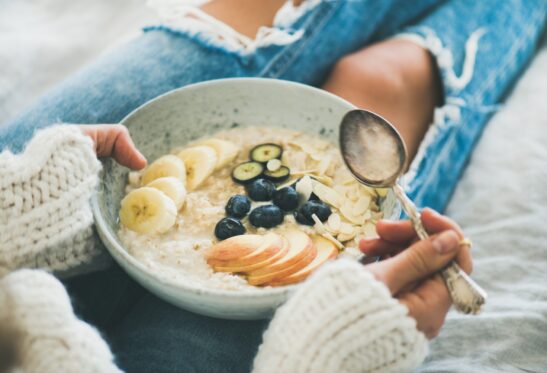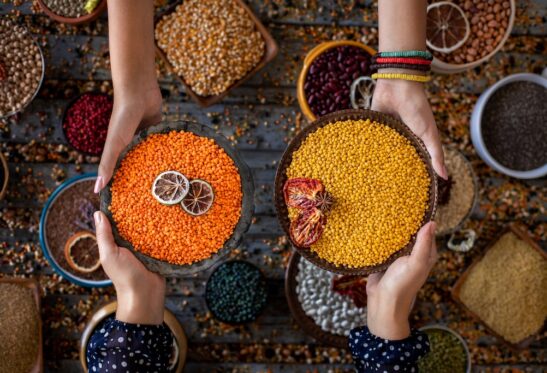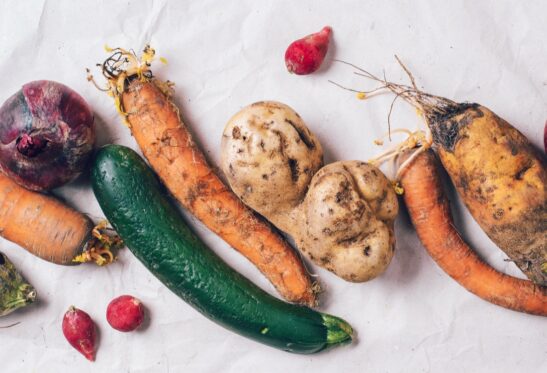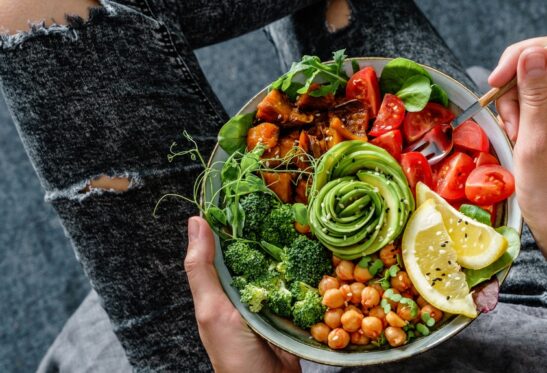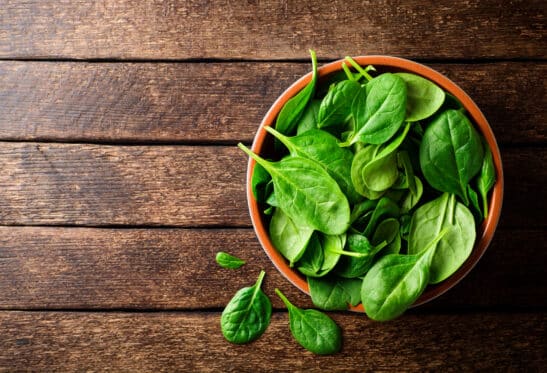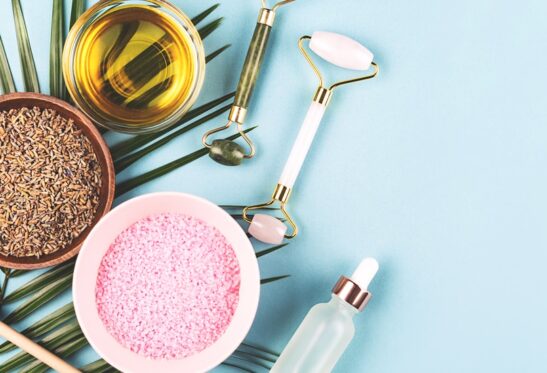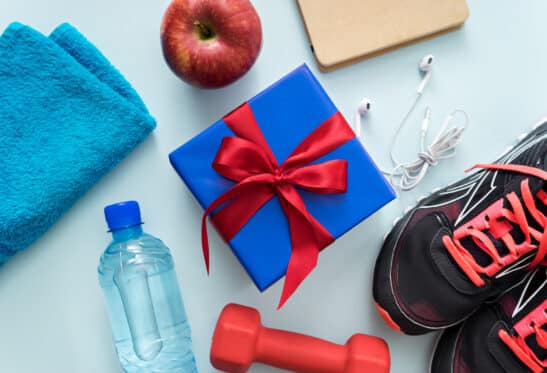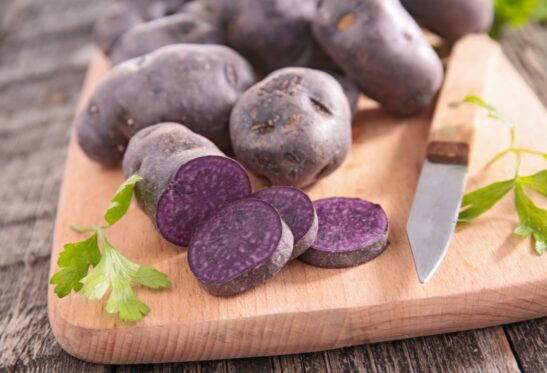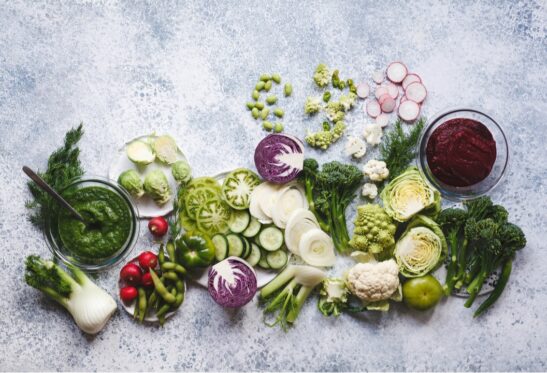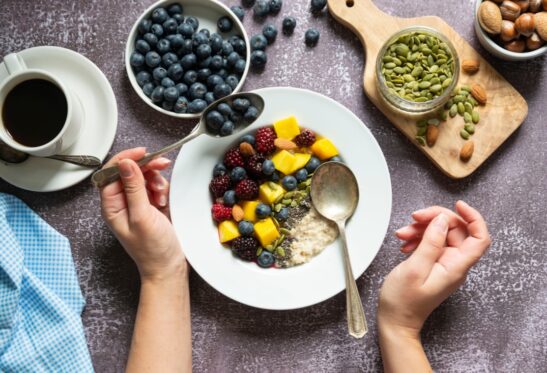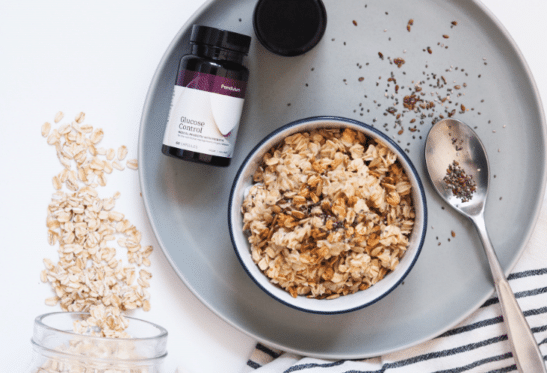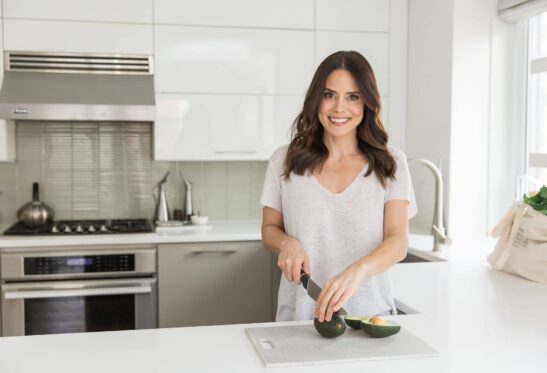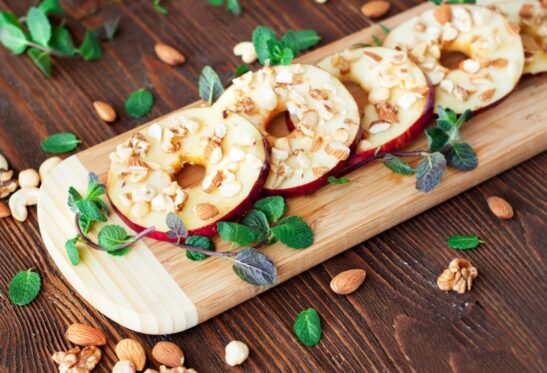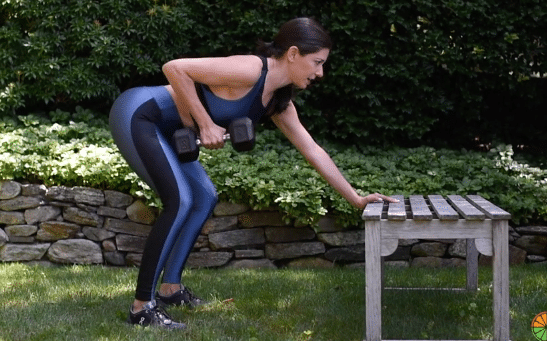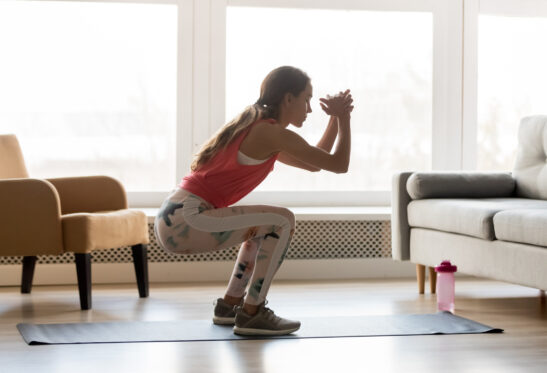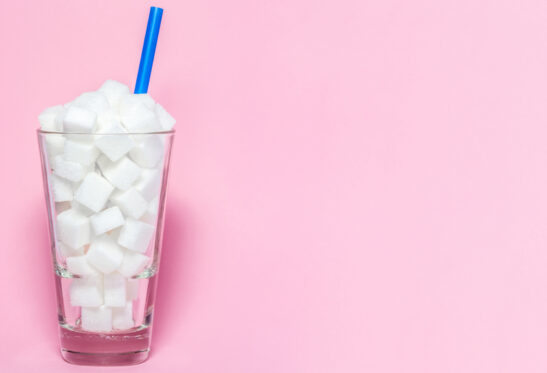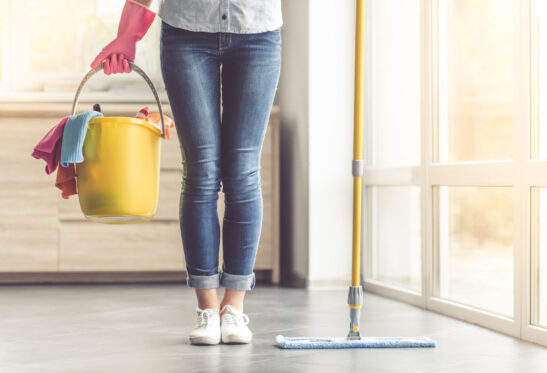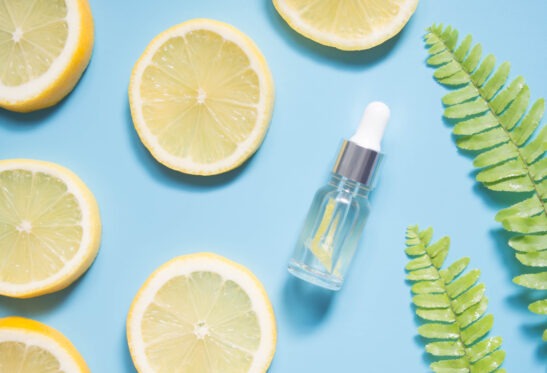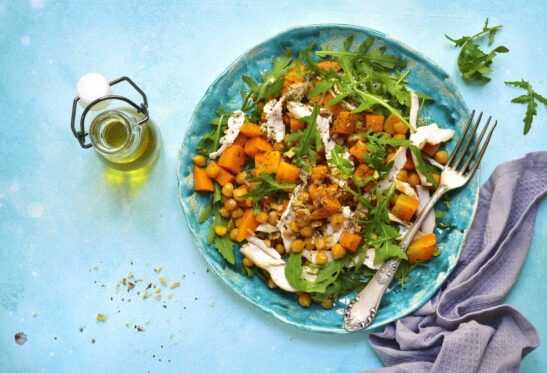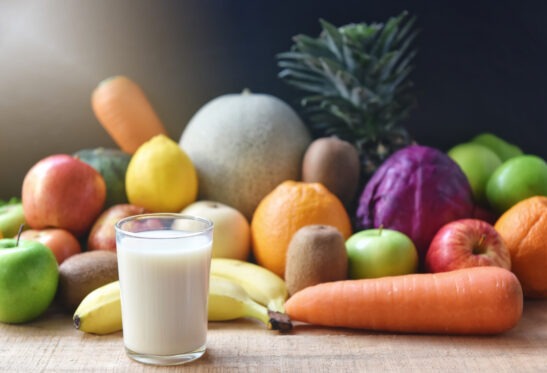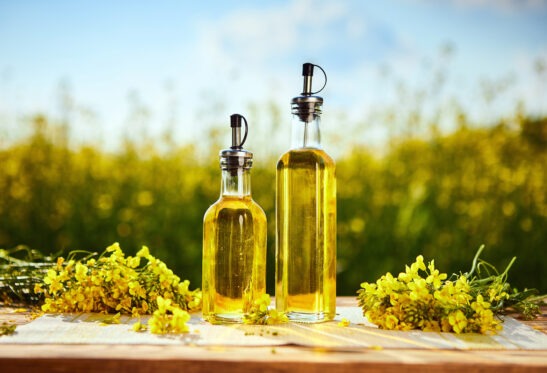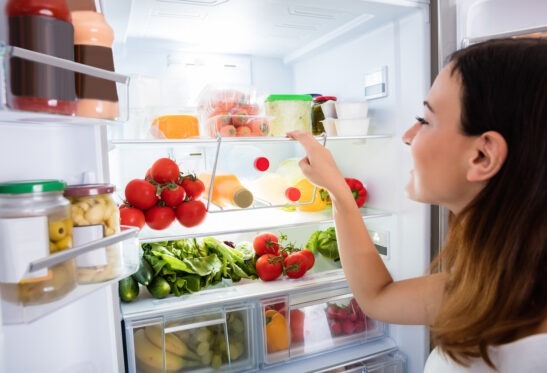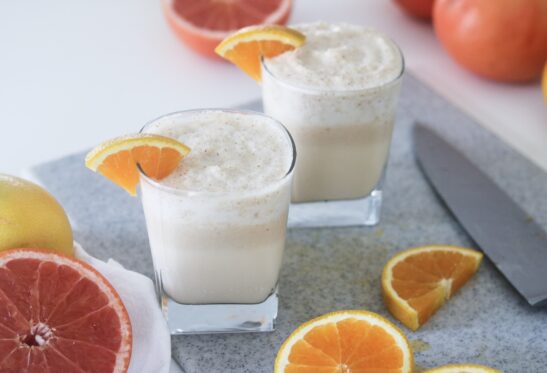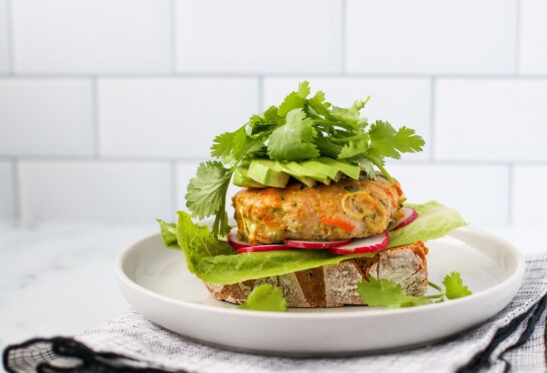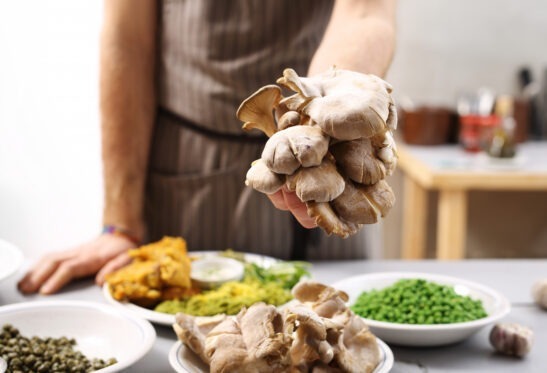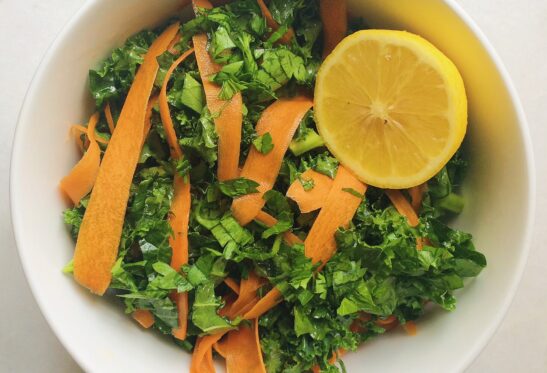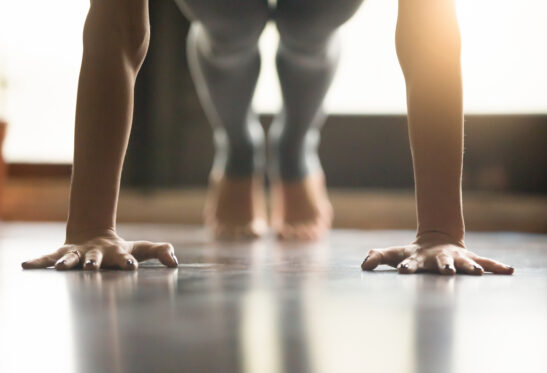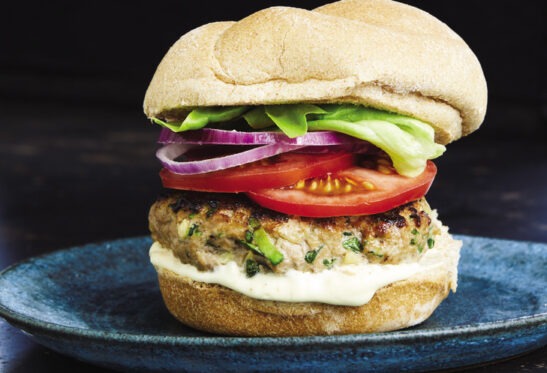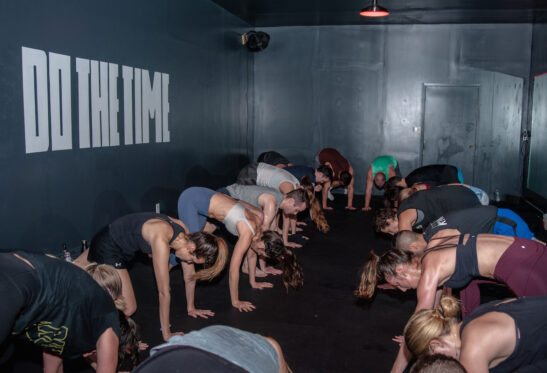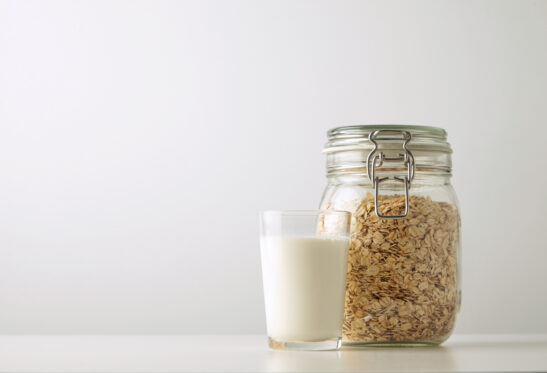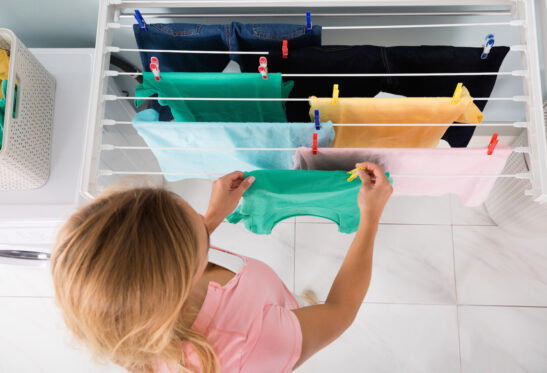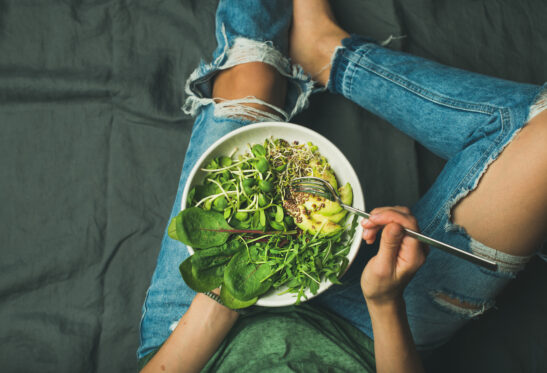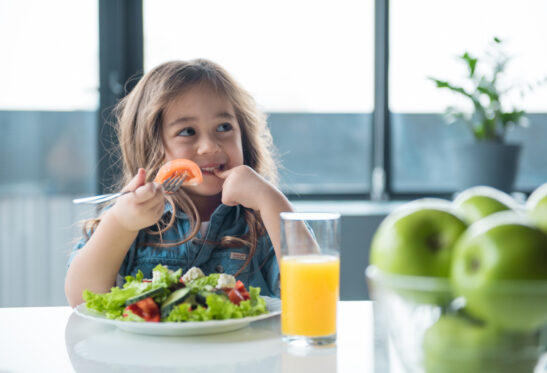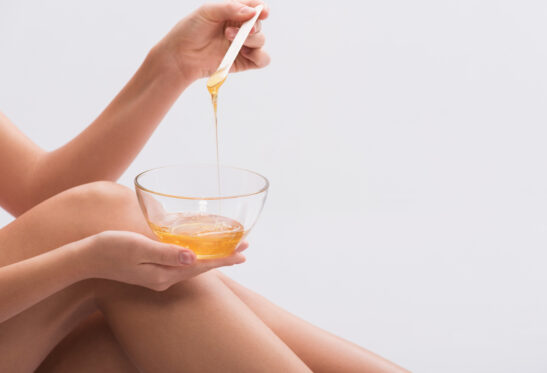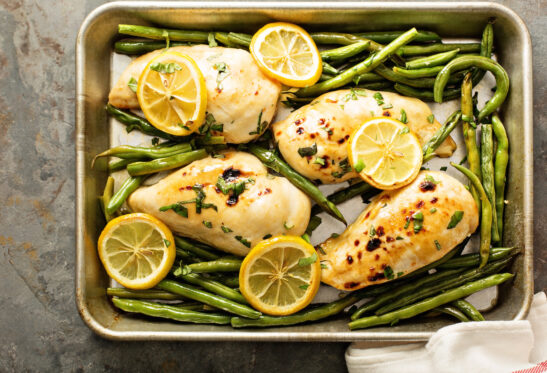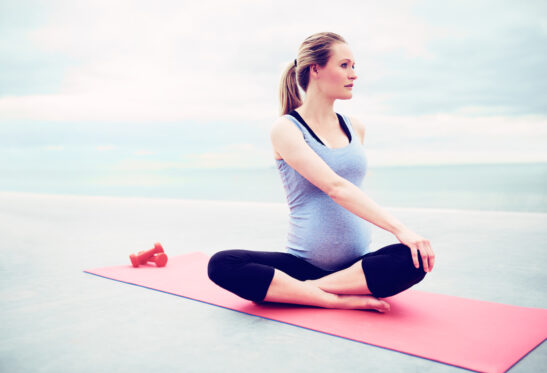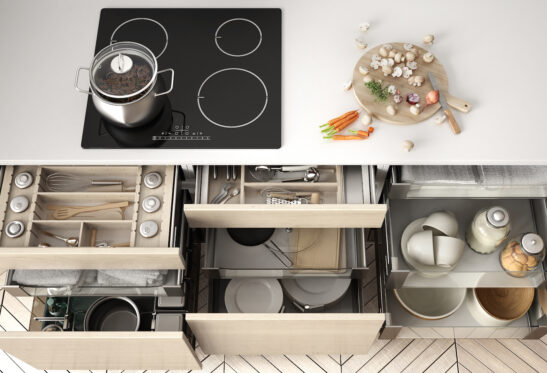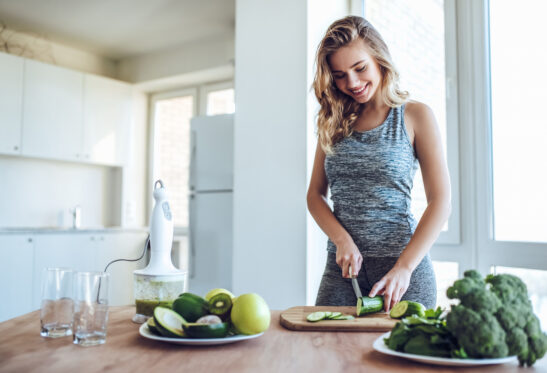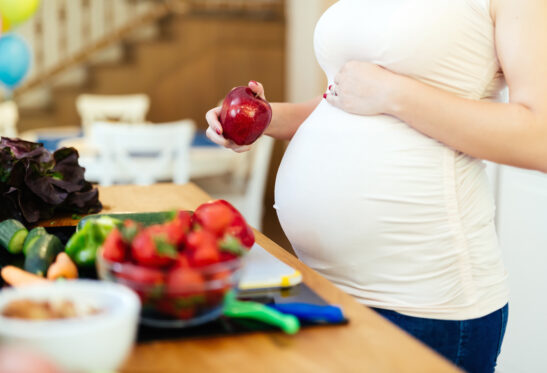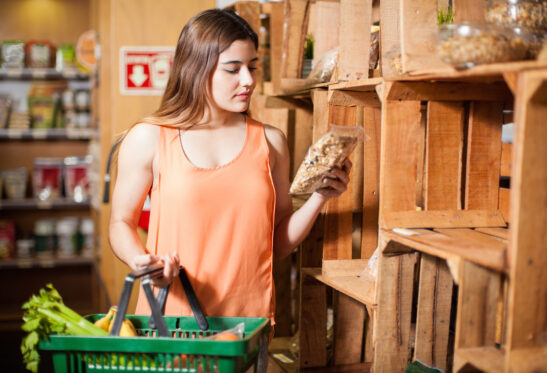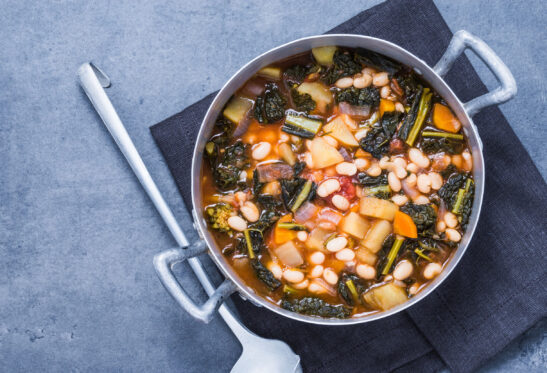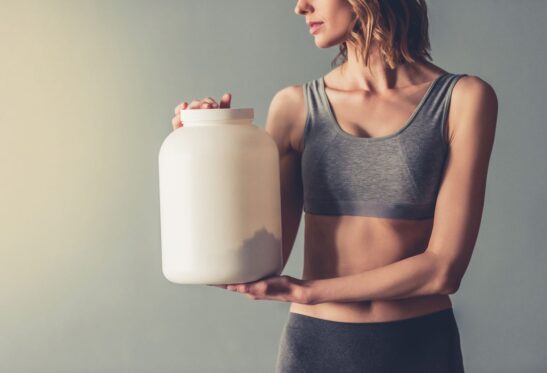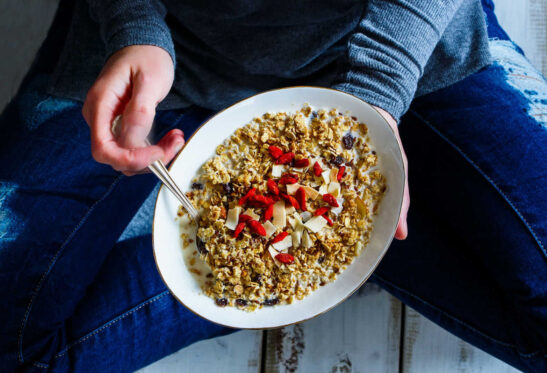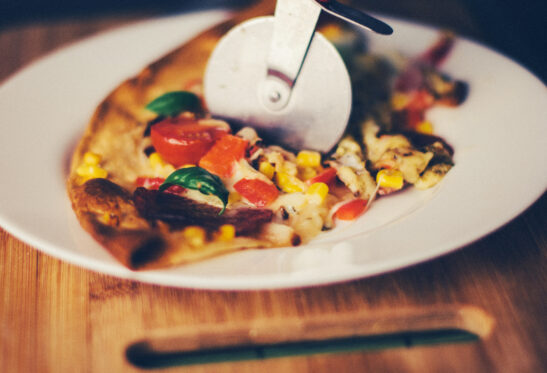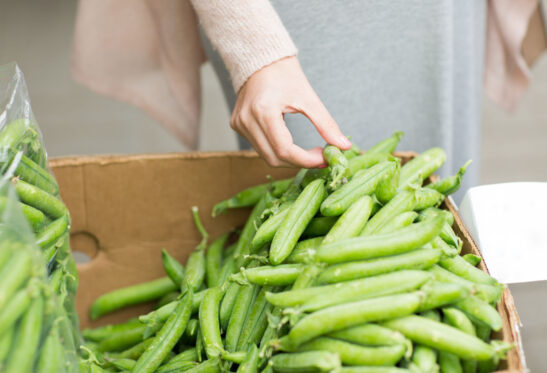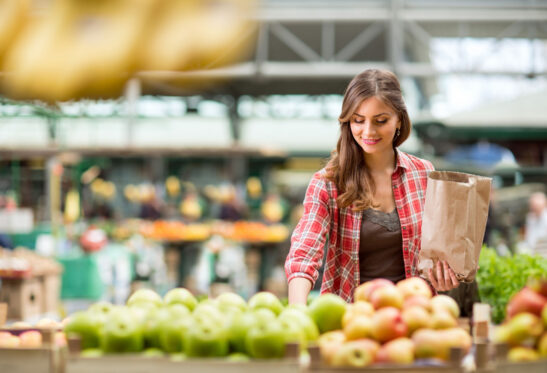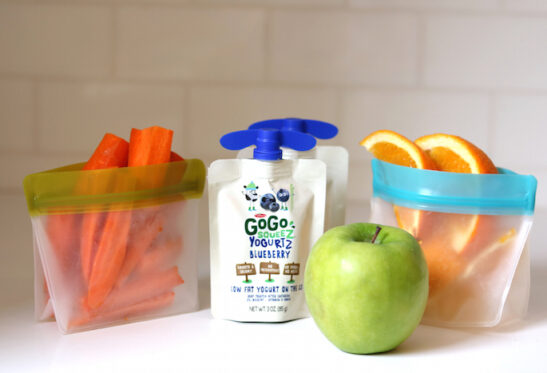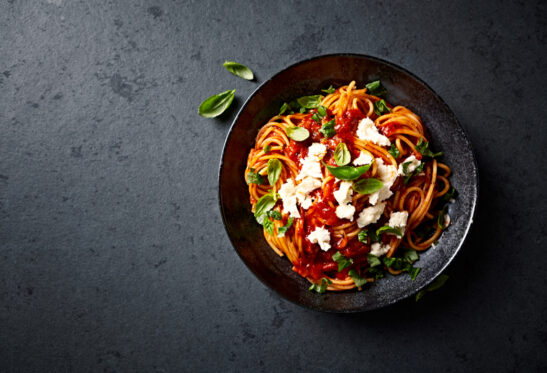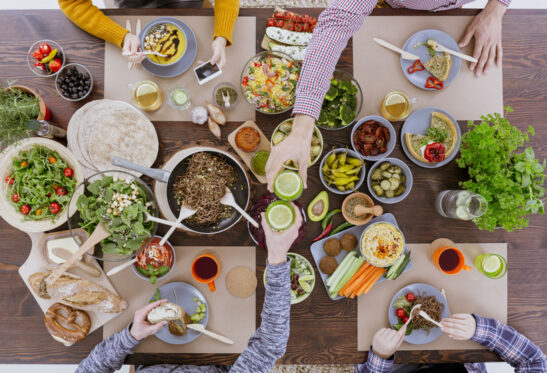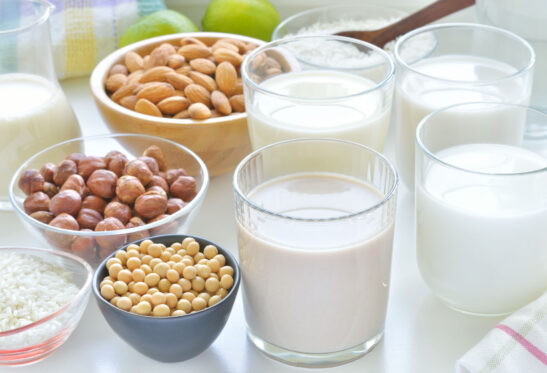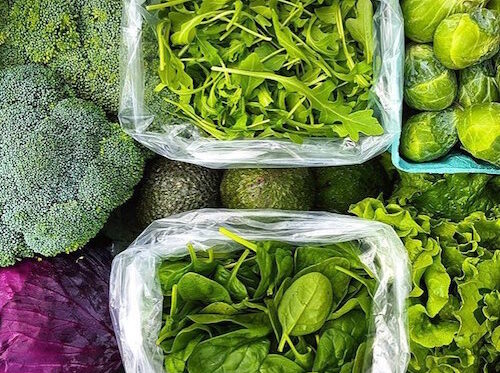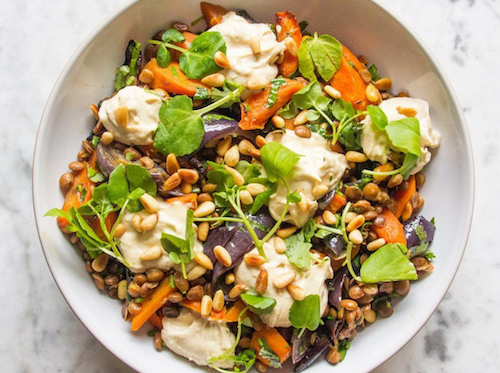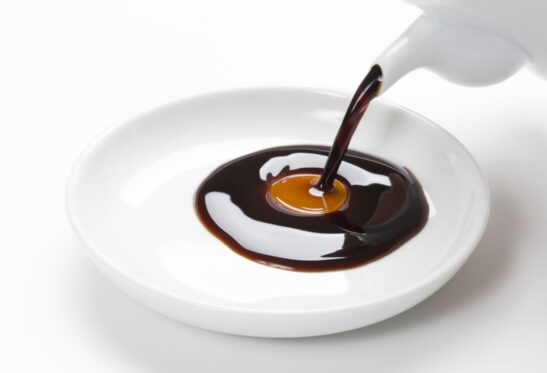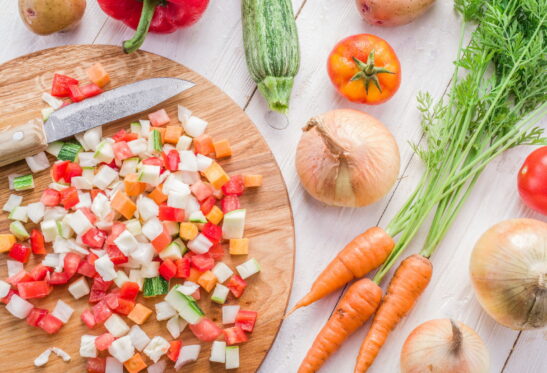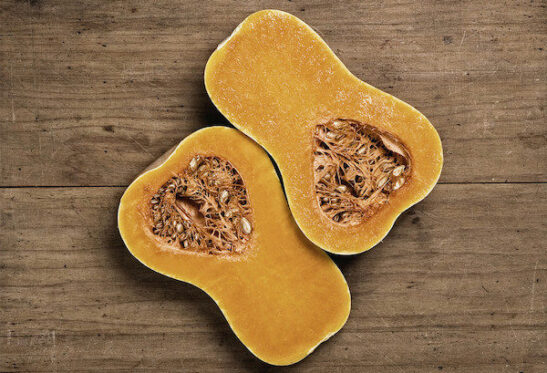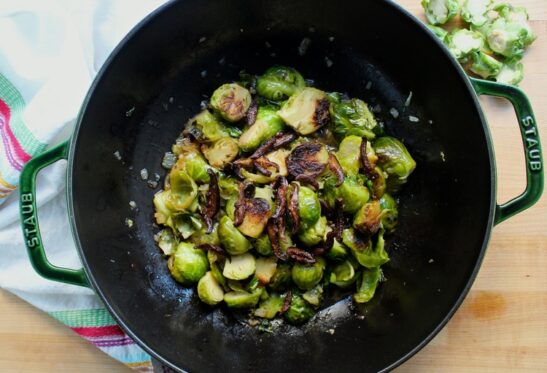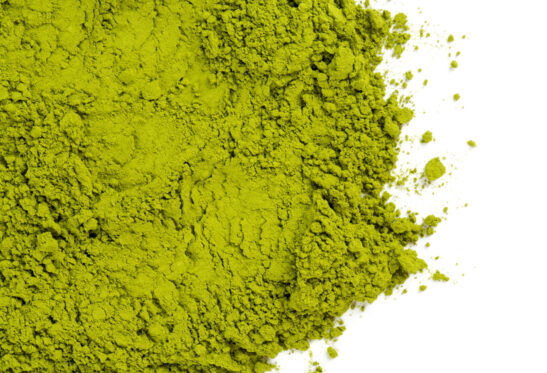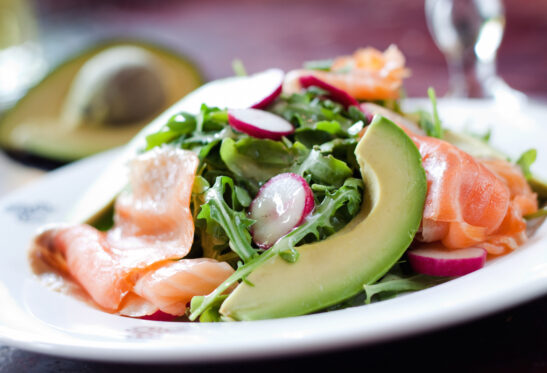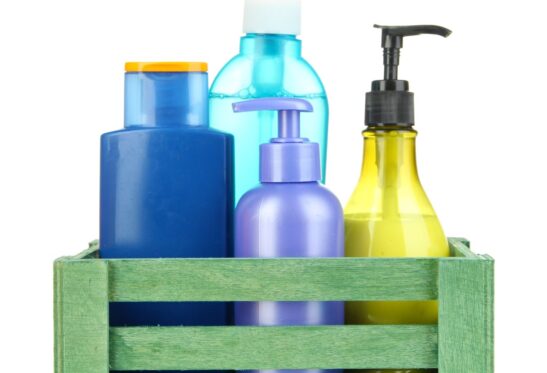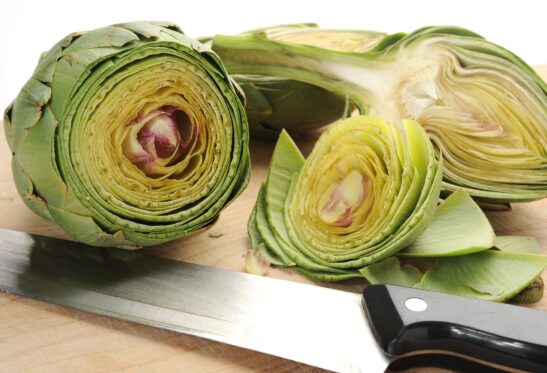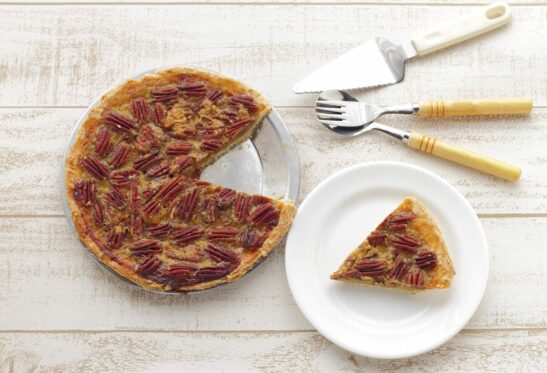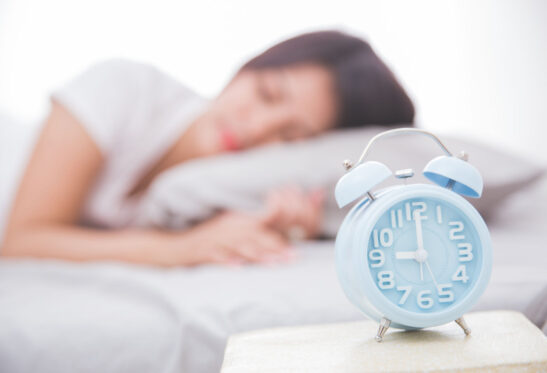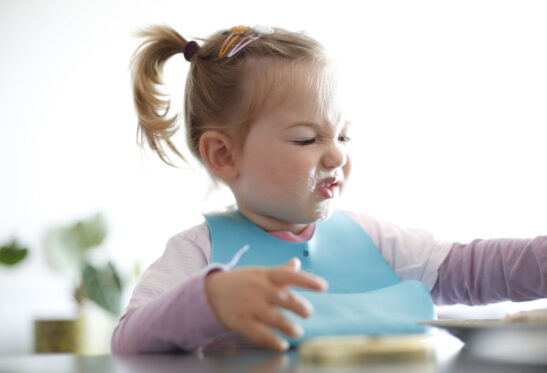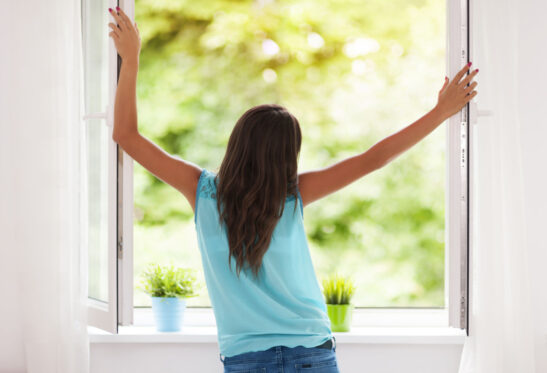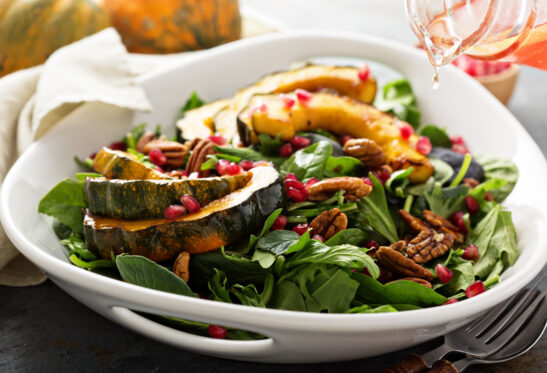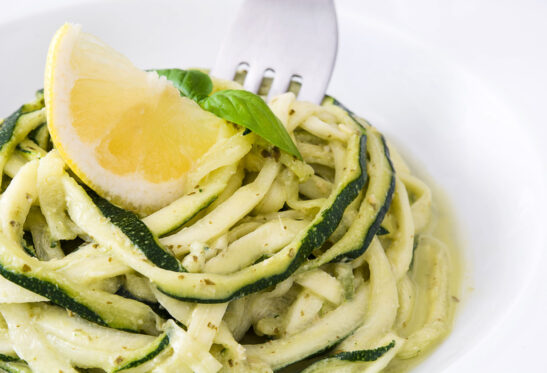Why Sourdough Bread Is Secretly Healthy
Home » Eat Empowered » Gut Health » Why Sourdough Bread Is Secretly Healthy
Ask Keri: Is sourdough bread good for you?
Keri Says: Though it’s comparable to a regular slice of white bread in the amount of calories, carbs and fiber, sourdough is lower in sugar and higher in protein, which gives it a leg up.
Traditional white bread is usually made with sugar, canola oil, and dried, preserved yeast to leaven the dough.
Sourdough bread, on the other hand, is typically made with no sweeteners or oils. Instead of using baker’s yeast, it relies on a starter, which is a combination of water and flour that ultimately populates with wild yeast. These live yeast cultures are a natural leaven that cause the sourdough bread to rise and give it its well-known tangy flavor.
Not only does using live instead of dried yeast change the flavor, but it also means that sourdough bread stays fresh much longer than factory-baked bread and doesn’t require any extra preservatives to ward off mold.
But it gets better.
The Hidden Benefits of Sourdough Bread
Similar to other fermented foods such as sauerkraut, kefir and pickles, sourdough bread is fermented by using lactobacillus cultures, which are gut-healthy probiotics.
The cultures don’t survive the baking process (bummer!), but lactic acid is created (bonus!), and that does the body a whole lot of good.
Lactic acid helps decrease the levels of phytic acid in sourdough bread. (Phytic acid interferes with the absorption of certain nutrients, which is a bad thing). This in turn, helps other nutrients become more readily available, and easier to digest and absorb. Teamwork makes the dream work.
But there’s more. Not only does sourdough work to keep your gut healthy, but it’s also good for your heart and helps to ward off cancer. You read that right. In studies of older adults living in the southern Mediterranean, those who regularly ate whole-grain sourdough bread had a lower risk of developing heart disease, diabetes and cancer. Talk about a triple whammy of health benefits!
However, before you run to the bakery, remember, sourdough bread is well … bread. I’m guessing you didn’t need me to tell you that.
As I like to remind all of my clients, too much of (almost) anything is never a good thing. If you’re gonna eat a slice of bread with your next meal, consider making the switch from your sugary, preservative-laden, packaged version to tangy, crunchy on the outside, soft and chewy on the inside sourdough.
Just remember: Not all sourdoughs are created equal. What makes the biggest difference in the nutritional value of sourdough bread is its starter. That’s why it’s probably a good idea to opt for buying sourdough at your local bakery versus the pre-packaged varieties at the grocery store. And if you want to be absolutely sure that your sourdough bread is yummy and healthy, make your own. All it takes is some flour, water and a little bit of patience.
Sourdough Starter Recipe
Ingredients
To create the starter:
- 1/2 cup whole wheat flour
- 1/4 cup warm water
To feed the starter each day (Days 3-7):
- 1/2 cup unbleached all-purpose flour or bread flour
- 1/4 cup warm water
Day 1: You begin by combining the whole wheat flour and water in a large mason jar. Mix with a fork until smooth. Cover with plastic or a lid, and let it rest at room temp for 24 hours.
Day 2: Check in on your starter for any visible bubbles (this means it’s starting to ferment!). If no bubbles are visible, that’s OK. Let it rest another 24 hours at room temperature.
Day 3: Bubbles or no bubbles, it’s time to feed the starter. Begin by removing about half of your starter from the jar with a spoon. The texture will be very stretchy at this point. Add the feeder flour and water, and mix with a fork again until smooth. It should now be the consistency of thick pancake batter. Add water if needed to thin it out. Cover and let rest for another day.
Day 4, 5 and 6: Feed on! Repeat the same process as on Day 3. Remove half the starter and add new flour and water. You should see bubbles forming on the surface.
Pro tips: If a smelly brown liquid, called a hooch, starts to form on your starter on Days 3-7, simply scoop it off and discard.
Your starter should be bubbling and rising regularly now. Keep an eye on it daily. Once it has doubled in volume, with bubbles on its surface and throughout the culture, it’s ready to use.
(Image: Shutterstock)
The Nutritious Life Editors are a team of healthy lifestyle enthusiasts who not only subscribe to — and live! — the 8 Pillars of a Nutritious Life, but also have access to some of the savviest thought leaders in the health and wellness space — including our founder and resident dietitian, Keri Glassman. From the hottest trends in wellness to the latest medical science, we stay on top of it all in order to deliver the info YOU need to live your most nutritious life.
RECENT ARTICLES

Want a sneak peek inside the program?
Get FREE access to some of the core training materials that make up our signature program – Become a Nutrition Coach.
Get Access"*" indicates required fields
 Eat Empowered
Eat Empowered

























































